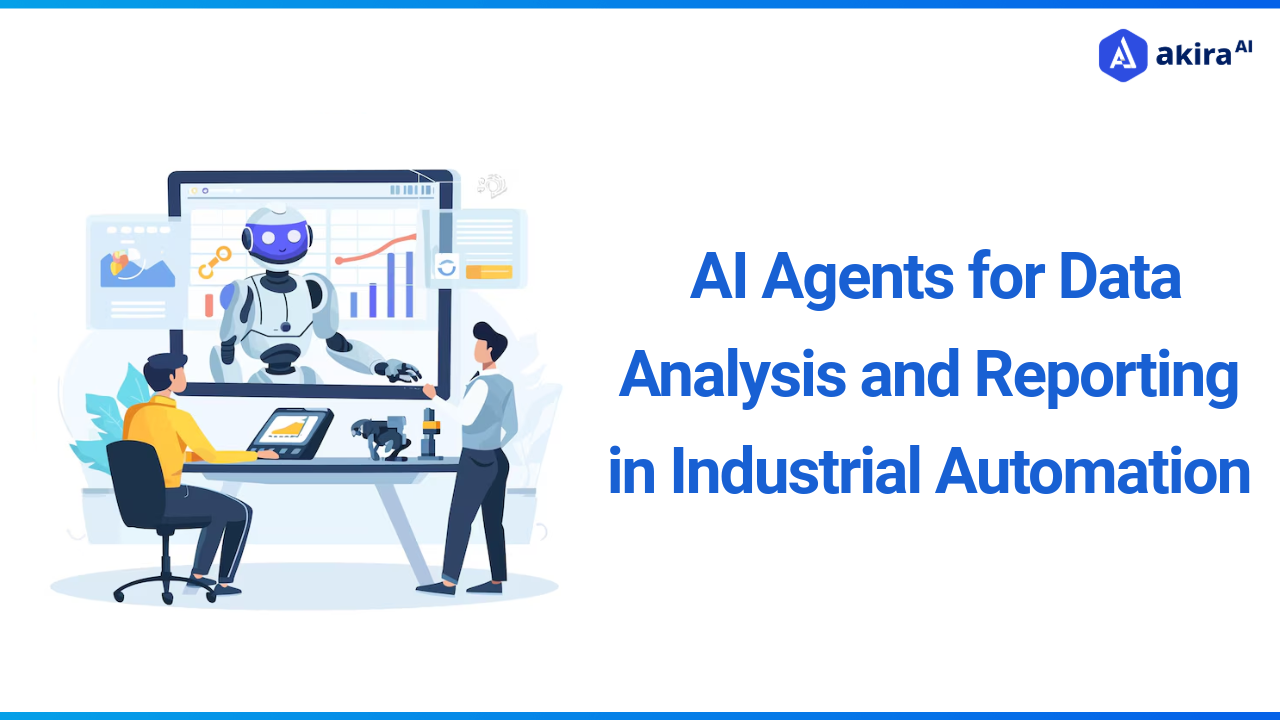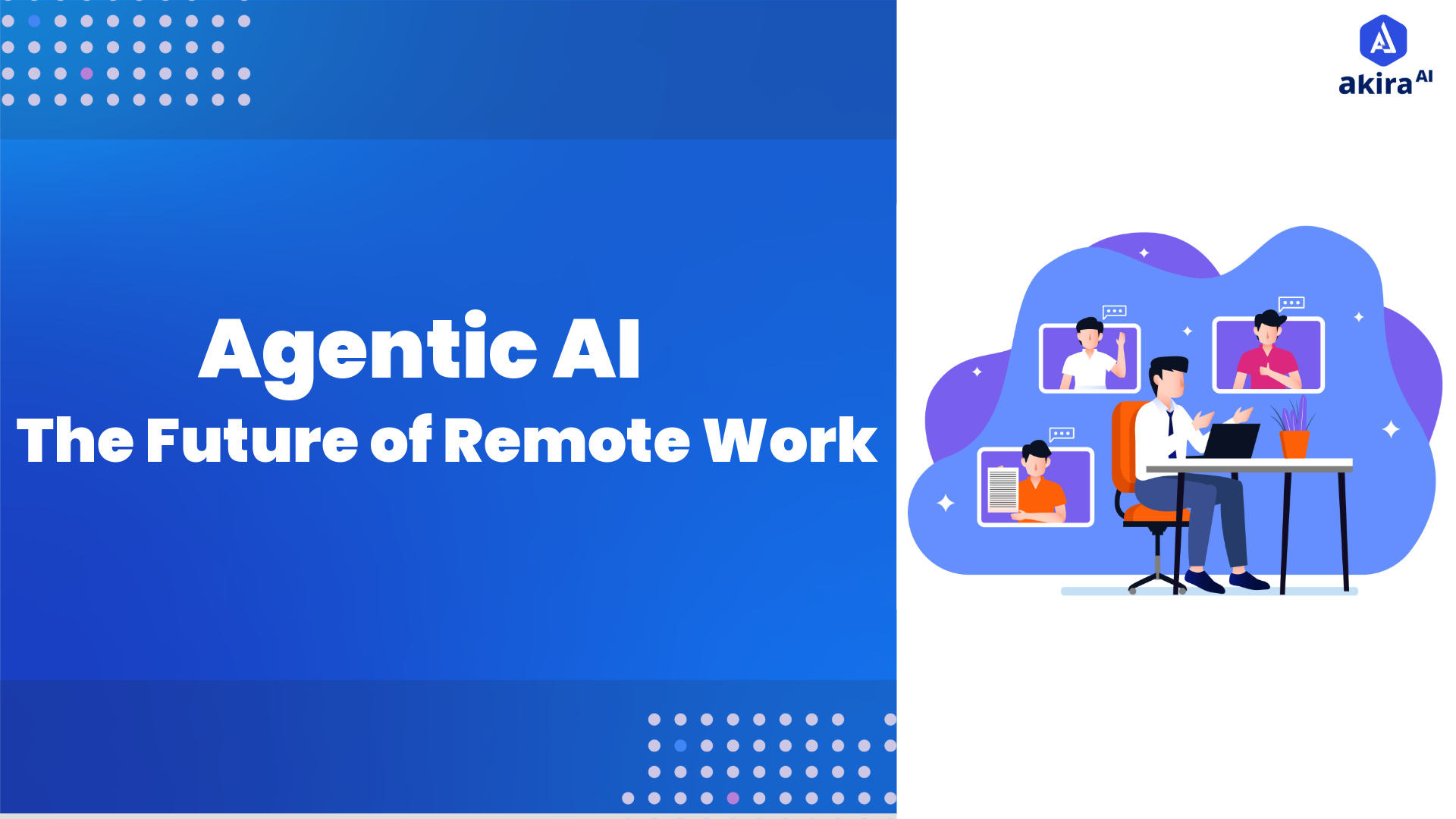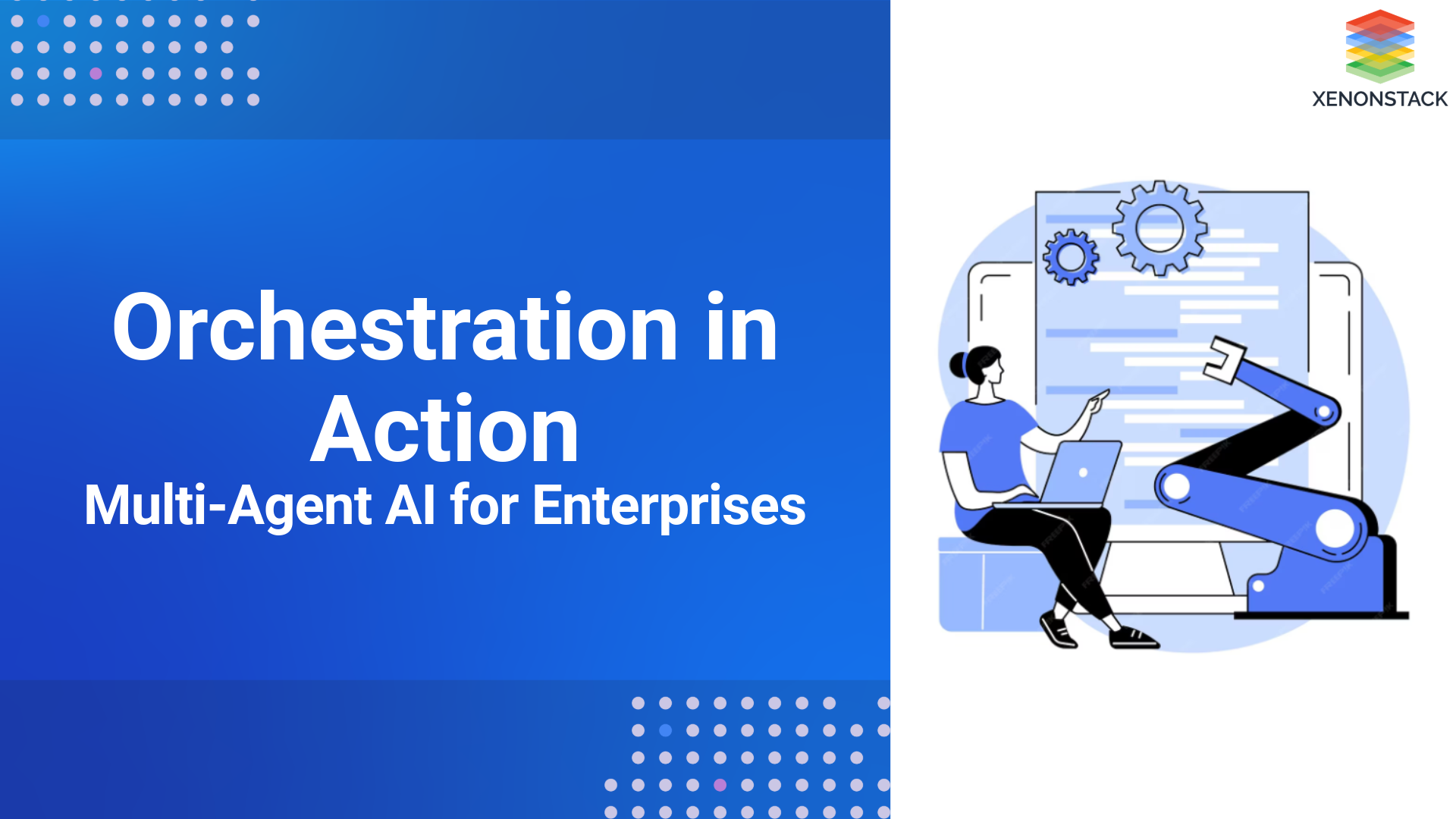Introduction: The Role of AI and Automation in Remote Work
2020 becomes a benchmark when people started to work from home as half the world began following this trend. Teams use Zoom instead of their usual watercooler spaces and employees work alongside their pets. The phenomenon of remote work has evolved from being merely a present-day trend to becoming an established life practice.
How do we maintain peak performance within a remote team operation? That’s where things get tricky. Remote work would be hazardous and produce less productivity without the support of Artificial Intelligence (AI) and automation technologies.
From my experience programming code and tools over many years I have directly observed how AI along with automation technologies reshape team operation systems. Technological devices serve practical needs by solving typical workplace issues that stem from communication breakdowns and redundant human actions and worker fatigue. Through numerous diagrams and explanations this blog shows how technology changes remote teams' structure. Remote contributors at any level will find beneficial content in this blog. Let’s dive in!
AI Tools for Communication, Collaboration, and Task Management
Remote work depends on three core elements which include discussion and collaborative work and project management. One tries to move a group of cats during video conference calls when tools are inadequate. These essential remote work processes are now easier than ever because AI-powered tools have come to the rescue.
-
Communication: Creating an email message that another person fails to interpret correctly happens to all of us at some point. AI technology in Grammarly enables users to refine their texts as the platform enhances both meaning clarity and communication tone for better delivery. The application Otter.ai allows users to capture live meeting transcripts during sessions. A client meeting became a rescue moment for me when Otter retrieved the precise point I had forgotten. You can abandon the frantic note-taking behavior that used to drive you crazy.
-
Collaboration: Slack and Microsoft Teams remain essential communication platforms which AI functionality enhances their usability. Slack utilizes an AI system to organize your alerts while Teams implements a tool that generates responses based on current communication context. The tool provides similar assistance to a teammate who perfectly understands when to contribute knowledge.
-
Task Management: Asana and Trello leverage AI for task delegation functions that consider team member workload capacity along with availability. Asana has allowed me to coordinate up to twelve development tickets across diverse time zones which proved critical when distance separates my team members.
The process of AI scheduling technology operates as shown in this basic workflow diagram: 
No more “Are you free at 2 PM?” ping-pong. AI handles it, and you’re golden.
Automating Repetitive Tasks: Boosting Efficiency in Remote Teams
Every organization faces tedious work that no one enjoys doing which involves repetitive tasks. The repetitive tasks which include data entry and report generation alongside email sorting wind up being the primary components that consume your daily work hours. Technology operates through automation as if it has mystical wand abilities to erase those tasks.
What’s Automation? The basis of this technology lies in letting machines performs monotonous operations. Take Zapier, for instance. Automation enables the connection of different programs to develop workflows through examples such as email file storage to Dropbox and Slack input to Jira. Using Zap I configured client feedback transmission from Gmail to Trello which reduced my administrative workload to a half.
Robotic Process Automation (RPA): For heavier lifting, RPA tools like UiPath mimic human actions. A bot system uses programming to access program information and generate reports that require no human involvement whatsoever. The use of robotic process automation by teams enables them to convert bug report summaries into automated work which enables developers to work on coding activities.
Here’s a flow diagram for an email automation:
 The result? More time for the fun stuff—like brainstorming features or debugging that pesky API.
The result? More time for the fun stuff—like brainstorming features or debugging that pesky API.
Enhancing Productivity Through Agent-Based AI Systems
Agent-based AI systems will be our main area of focus in the following discussion. The system includes little robotic components which operate autonomously to execute tasks just like virtual assistants or chatbots. Virtual teammates in the form of remote teams benefit from these technological solutions to great degrees.
-
Virtual Assistants: Tools like x.ai can schedule meetings across a dozen calendars, handling time zones and cancellations like a pro. The tool x.ai automatically scheduled my consecutive phone meetings since I concentrated on code evaluation during that time.
-
Chatbots: The customer inquiries that start each interaction are handled by Intercom and other similar chatbots for teams involved in direct customer support. These systems process FAQs then move difficult situations to human operators. The introduction of chatbots to their support functions enabled my team to reduce response times by 30 percent which resulted in an effective duplication of top-performing staff.
-
AI for Info Retrieval: Tools like Glean use AI to dig up files or answers fast. You cannot find the specification document from three months ago anywhere. Glean finds it in seconds. This tool has rescued me multiple times from the stressful situation of not finding necessary documents.
Here’s a flow diagram for a chatbot in action:
 These systems don’t just save time—they make your team look like rockstars.
These systems don’t just save time—they make your team look like rockstars.
Challenges and Solutions in Implementing AI in Remote Teams
AI and automation technology implementation needs more than basic installation because remote teams present their own set of challenges. Remote teams can resolve their main implementation issues through these steps.
Challenge 1: Resistance to Change
Many employees fail to understand why existing systems need replacement even though they function properly.
Solution:
Show the actual advantages instead of solely discussing them. The adoption of AI occurs naturally after colleagues witness first-hand how artificial intelligence ends repetitive work such as status report preparation. Additional training programs help group members adjust better to changing systems.
Challenge 2: Data Privacy Concerns
Remote teams need to establish secure protection protocols since AI systems depend on data input.
Solution:
Organizations should choose platforms that meet stringent security requirements especially those which follow GDPR guidelines. I perform all necessary checks on the encryption standards along with access restriction protocols during the implementation of systems that process confidential data.
Challenge 3: Technology Overload
The simultaneous introduction of multiple tools leads teams into an overwhelming situation which results in poor integration chaos.
Solution:
Begin with focused implementation. A comprehensive evaluation of one implementation tool (Zapier workflow automation) must occur prior to moving forward. Our company safeguards stability through organized phases when deploying system updates.
Recommended Implementation Flow:
-
Identify specific pain points
-
One exclusive tool should be chosen to handle the most critical business need.
-
Start a compact leading test using members who show interest in the new system.
-
Obtain user input while updating the procedures.
-
Develop educational resources from the findings of pilot sessions
-
The implementation should occur step by step until it reaches the entire team.
-
The system needs constant observation to track its use alongside sustained assistance for users.

Take it slow, and you’ll dodge the chaos.
Future Trends: How AI and Automation Will Continue to Shape Remote Work
Forecasting by developers indicates forthcoming changes in both AI systems and remote working teams. Professional growth in development work helps me feel enthusiastic about emerging traditions in this technology field. Recent trends will dominate the upcoming future with multiple developments taking place.
-
Smarter Tools: As part of algorithmic prediction systems upcoming sprint delays can be detected before they occur. The Microsoft Viva tool relies on team patterns to create efficiency advancements through its processes.
-
Better NLP: Recently developed natural language processing systems will enable behavioral improvements that give chatbots and assistants human characteristics. The AI system conducts successful operations when your present instructions in plain English through dictation while requiring no coding input.
-
Predictive Insights: AI systems will analyze projects to generate duration forecasts while detecting trouble zones which might lead to employee burnout. The system will reveal team capacity information immediately before critical time starts.
-
Personalized Workflows: All digital systems within digital spaces learn from standard operating procedures executed by users. Love keyboard shortcuts? The recommendation of AI determines interface modifications that will occur in your workflow.
Advanced technologies implement support systems in the forthcoming digital society which serves team members instead of replacing them.
Conclusion: Optimizing Remote Team Success with AI
Automation together with Artificial Intelligence modifies current procedures for distance-based teams. Technology tools smooth business communication while getting rid of repetitive work which results in more productivity without needing steady human monitoring. These tools extend their functions past standard task execution because they are essential for the permanent installation of remote work systems throughout today's business environment.
Want to get started? Start by choosing a particular business point that needs AI assistance such as appointment management or data processing. It makes sense to roll out minor process improvements that let your team secure quick achievements as you optimize these elements. Technology operates based on the capabilities which users give it access to and therefore users should preserve the human factor in all implementations. Treat yourself to just a brief coffee break before continuing your work.
Take Action: Steps to Adopt AI for Remote Success
Ready to transform your remote operations with AI?
Talk to our experts about implementing Compound AI Systems tailored for distributed teams. Discover how leading industries and departments are leveraging Agentic Workflows and Decision Intelligence to become truly decision-centric—reducing delays, increasing alignment, and boosting productivity.


